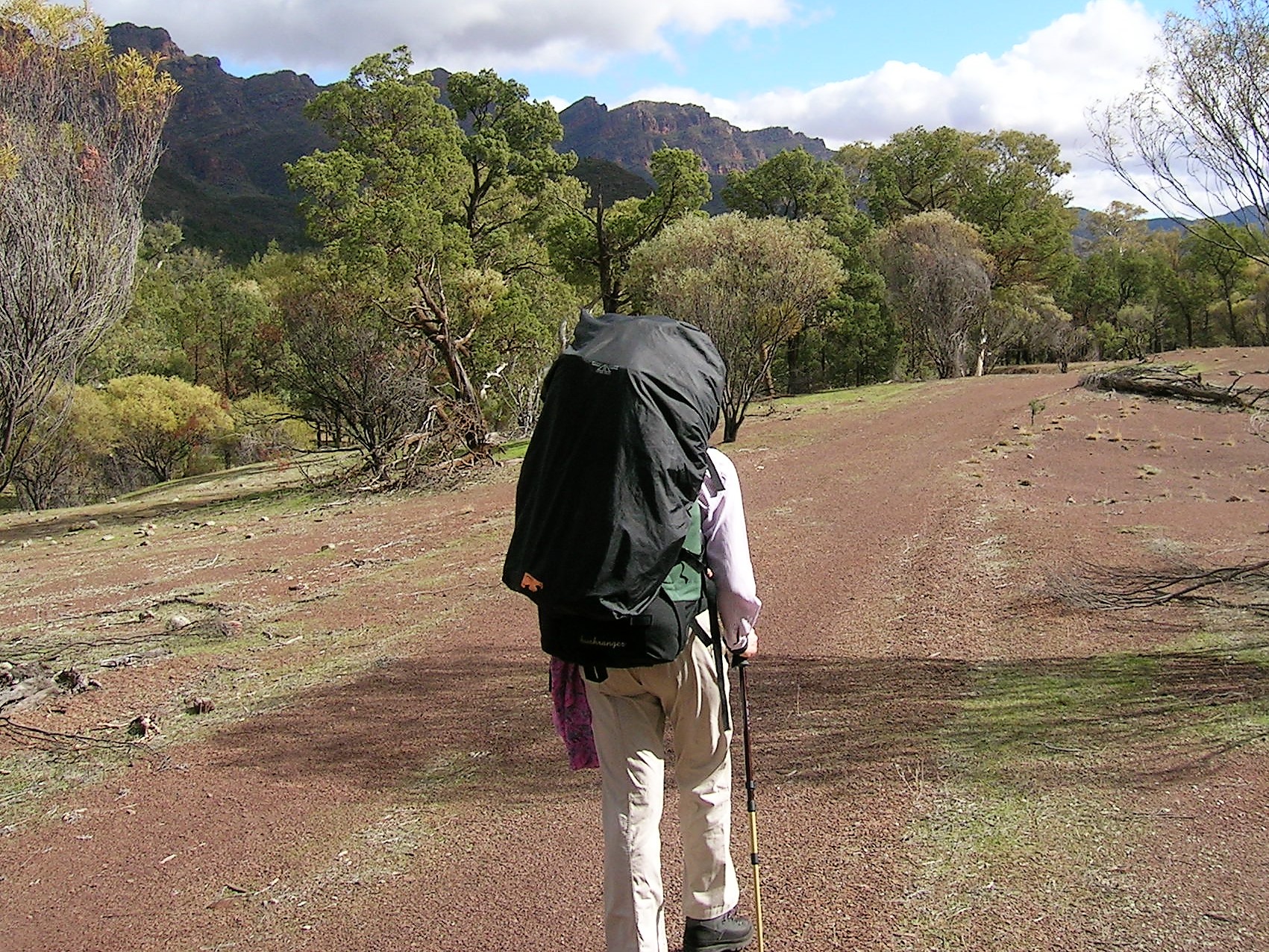
On a Sunday in the summer of 2010, on a bike trip in the south east of Belgium, Anya and I stopped for the night in the city of Diest. Late in the afternoon we went for a walk around it’s beautiful old centre dating from the early Middle Ages.
Everything was closed and the streets deserted, except for one place: a small shrine cum museum. It was over 400 years old and dedicated to a young man who in the early 17th century had walked to Rome on a pilgrimage. It was a hard journey; on the way he was attacked by a bear and badly injured; he kept going, only to be robbed and beaten by thieves. Recovered, though badly injured, he continued the journey until he reached The Holy City, where he died shortly afterwards.
It was a journey which few of us could contemplate today, with our package tours and flights, our insurance and medical cover, and our vaccinations against every conceivable possible disease.
The name of the ill fortuned, but determind pilgirm was Jan Berchmans (pronounced ‘yan bergmanz’). Truth beknown, he was just one unlucky pilgrim amongst so many others in those times. Going on a pilgrimmage in then was something very different today.
Jan Berchmans would have been forgotten, slipped into the mists of history, had not been for his being canonized by the then Pope. This changed everything. For centuries afterwards, Diest became the destination of pilgrims from all over Belgium. The pilgrim became himself a pilgrim drawcard. Saint Jan Berchmans was worshipped en masse with ceremonies led by the local Bishops.
In recent times however, Saint Jan Berchmans had been relegated to obscurity. The caretaker of the shrine was probably fairly typical of the prevailing attitudes:
‘Why he was made a saint? He hadn’t performed any miracles. All he did was walk to Rome. These days you can drive to Rome in a day! The Vatican would probably like to annul his sainthood, but it can’t really, it would set a bit of precedent….’
The memory of visiting the shrine of Saint Jan slipped into the past, lost amongst a welter of other travel experiences, until October this year when it suddenly surfaced again, this time in a very different area of Europe….
Read more →
Like this:
Like Loading...






